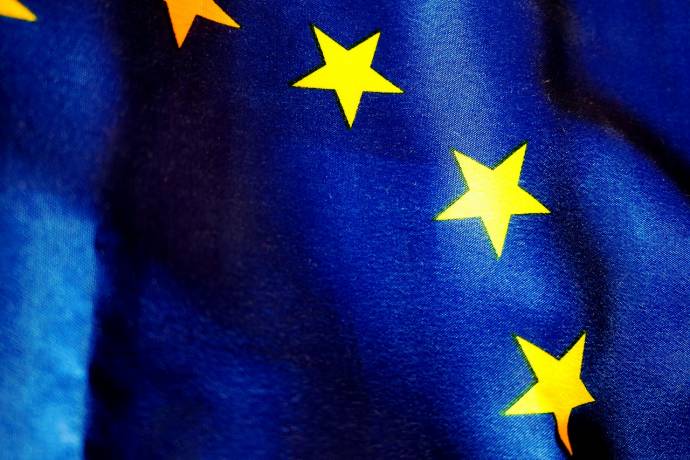The figure is expressed at 2018 fixed prices; at current prices, which are adjusted for inflation, it stands at EUR 3.46bn.
The latest figures show that in 2014-2010, Slovenia has about EUR 3.4bn available for cohesion policy expressed in fixed prices. This translates to roughly EUR 3.25bn at current prices, according to unofficial information.
The EUR 3.25bn figure is also used by the government Office for Development and European Cohesion Policy.
Cohesion funds are crucial for Slovenia as they account for the bulk of the EU funds the country is entitled to.
But since the EU has decided to rejig budget spending due to Brexit and new priorities such as migrations and security, overall cohesion funding is planned to be cut by about 7%.
Taking into account fixed prices for both multi-year periods, the cut amounts to about 10%.
Višegrad and Baltic countries stand to lose the most, between a quarter and a fifth of the cohesion funding they have so far been entitled to. Romania, Bulgaria and Greece, on the other hand, will see significant increases, as will Italy, Finland and Spain.
The Commission says economic development remains the principal criterion in the distribution, but migration pressures, youth unemployment and climate change account for a fifth of the final estimate.
The Slovenian government has been apprehensive about the changes but welcomed the plan today, with the Government Communications Office saying that Slovenia supported a cohesion policy that will be even more tightly aligned with innovations, competitiveness, the creation of high-quality jobs, and sustainable development.
It said the proposed allocations were "an appropriate basis for the launch of negotiations for the next seven-year period" and noted that the Commission had "taken Slovenia's arguments into account and presented a proposal that is much more reasonable than negative scenarios that had been mentioned in recent months."







